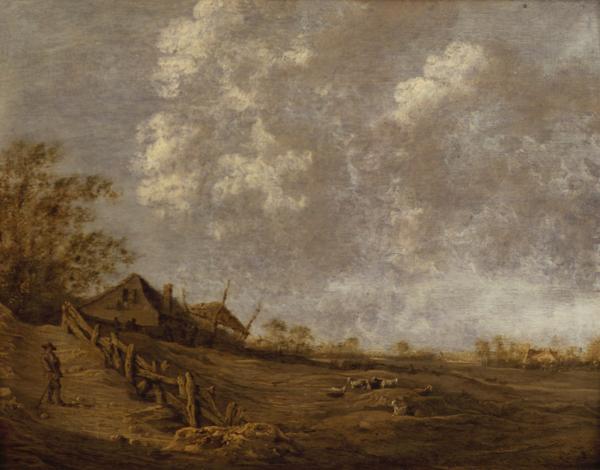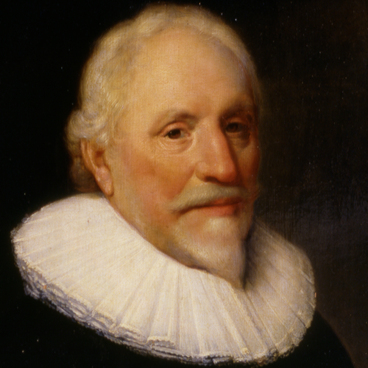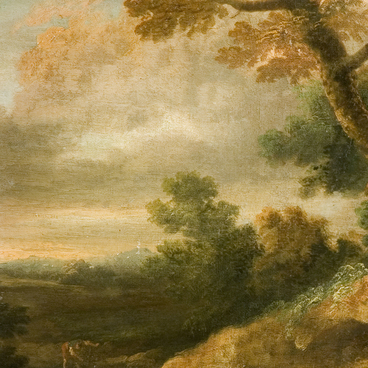Jan Coelenbier was greatly influenced in his work by the landscapes of the great Dutch landscape painter Jan van Goyen to whom Landscape with Cabin was also initially attributed. Pictures by van Goyen open a new stage in landscape painting.
It is the creative work of this master and his associates who placed emphasis on a thorough study of homeland nature that gave birth to a national realistic landscape genre. Such type of landscape with the depiction of sea coast dunes in an inseparable link with the everyday life of Dutch peasants and fishermen flourished in the 1630-s, but was rather widely spread up to the middle of the 17th century.
The picture by Jan Coelenbier is a typical example of the Dutch realistic landscape of that time. It is the creativity of the Dutch masters who treated home country nature with great love and care that helped to work out a realistic landscape genre. Views of the sea coast dunes closely associated with the everyday life of peasants and fishermen were most often depicted by painters in the 1630–1650-s. While drawing a seemingly dull monotonous landscape the painter attains great mastery. He shows homeland nature with great warmth selecting a deliberately modest, unpretentious motif: a strip of dunes in the foreground, cabins grown into the earth, a rickety fence. The figurines of a shepherd and sheep fit into the landscape naturally.
One can almost physically sense moist sea wind in the picture. A huge role is played by the sky occupying three quarters of the canvas and giving the feeling of vast expanse. It is this northern sky filled with moist sea wind that determines a uniform, almost monochrome scale of the landscape built on the combination of finest gray-blue and yellow-brown colours. Therefore, the painter attains material uniformity of nature with the use of tonal colouring, developing a sophisticated scale of gray-blue and yellow-brown colours. Dutch masters obtain such wealth of tonal colouration owing to the complex, multi-layered structure of their pictures. Artists apply multiple transparent layers of paint through which white primer can be seen.



